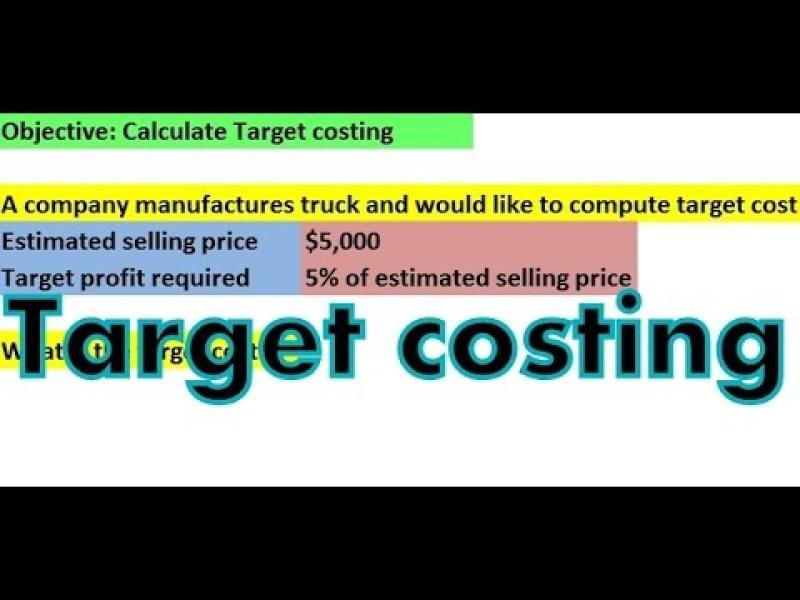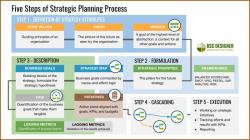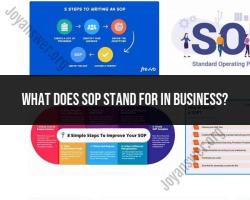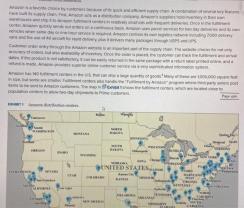What is a target cost by product features?
Target cost based on product features is a cost management strategy that involves allocating costs to specific features or attributes of a product. The goal is to establish a target cost for the overall product while considering the desired features and characteristics that customers value. This approach is often used in industries where products need to meet specific customer requirements and preferences.
Here's how the target cost based on product features typically works:
Customer Value Analysis:
- Identify the features and attributes that are most valued by customers. This analysis involves understanding customer preferences, market trends, and the competitive landscape.
Feature Prioritization:
- Prioritize the identified features based on their importance to customers and their impact on the overall value proposition. Some features may be considered essential, while others may be more of a luxury or add-on.
Cost Allocation:
- Allocate costs to each feature or attribute based on its contribution to the overall product cost. This involves breaking down the total cost of producing the product and associating specific costs with the development, manufacturing, or maintenance of each feature.
Target Cost Calculation:
- Calculate the target cost for each feature by considering the allocated costs, desired profit margin, and the overall budget constraints. The target cost is the maximum cost allowed for a specific feature to achieve profitability while meeting market demands.
Iterative Process:
- The process of determining the target cost by product features is often iterative. It may involve adjusting feature priorities, refining cost allocations, and revisiting the target cost calculation based on feedback from various stakeholders.
Cross-Functional Collaboration:
- Successful implementation of target cost by product features requires collaboration among different departments, including marketing, design, engineering, and manufacturing. Cross-functional teams work together to align product features with cost constraints.
Continuous Improvement:
- Emphasize continuous improvement in both cost management and feature development. This involves finding ways to optimize processes, reduce costs, and enhance the efficiency of delivering desired features to customers.
Market Feedback:
- Regularly gather feedback from the market to assess how well the product aligns with customer expectations. This feedback loop helps in adjusting future target costs and feature priorities.
Competitive Positioning:
- Consider the competitive landscape and position the product strategically in the market. The target cost by product features approach allows companies to offer products with the right combination of features at a competitive price.
By integrating cost considerations with feature development, companies can create products that are not only aligned with customer preferences but also meet cost targets to ensure profitability. This approach is particularly relevant in industries where customization, innovation, and differentiation based on features are key drivers of success.
1. Understanding Target Costing
Target costing is a strategic approach to product development that sets a maximum allowable cost for a product based on market conditions and competitive pricing. It aims to ensure that the product can be profitably produced and sold while meeting customer needs and expectations.
Key Principles of Target Costing:
Market-Driven Pricing: The target cost is derived from the anticipated selling price, which is determined by market research and competitive analysis.
Cost Optimization: The target cost becomes the guiding principle for product design and development, driving efforts to optimize costs without compromising quality or functionality.
Value-Based Cost Allocation: Costs are allocated to product features based on their value and contribution to differentiation.
2. Determining Target Costs by Product Features
In target costing, the target cost is decomposed to determine individual cost targets for each product feature. This involves:
Identifying and prioritizing product features: Determine the essential features that differentiate the product and contribute to its perceived value.
Assigning value to features: Evaluate the relative importance of each feature and assign an appropriate cost target.
Optimizing feature costs: Work with engineering and manufacturing to optimize costs for each feature while maintaining quality and functionality.
3. Utilizing Target Costing for Product Development and Pricing Decisions
Target costing plays a crucial role in both product development and pricing decisions:
Product Development:
Informs design decisions: Target costs guide design choices, ensuring that features are selected and developed within the cost constraints.
Drives cost optimization: Target costing encourages cost-conscious product development, identifying areas for cost reduction without compromising quality.
Pricing Decisions:
Sets pricing boundaries: Target costs establish the maximum allowable selling price, ensuring profitability while remaining competitive in the market.
Informs pricing strategies: Target costing informs pricing strategies, considering factors such as market demand, customer willingness to pay, and profit margins.
Overall Benefits of Target Costing:
Improved profitability: By optimizing costs and setting realistic pricing, target costing enhances profitability and financial performance.
Enhanced product competitiveness: Target costing ensures that products are competitively priced and offer value to customers.
Effective resource allocation: Target costing guides resource allocation towards high-value features, maximizing the return on investment.
Improved decision-making: Target costing provides a structured framework for informed product development and pricing decisions.













